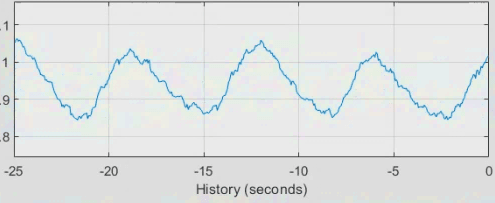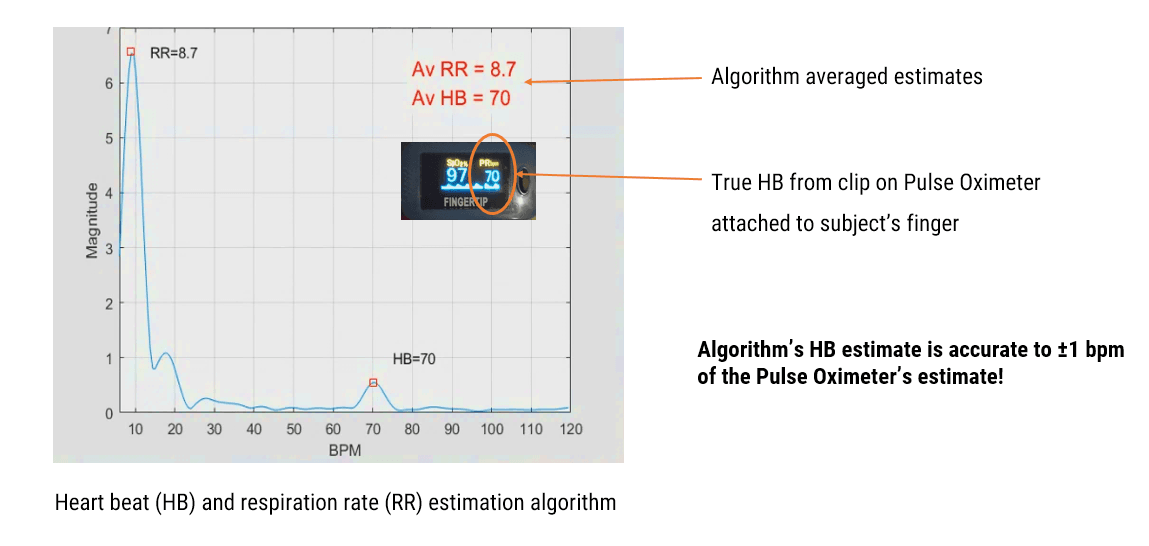Generations have been entertained by the gadgets and future technology portrayed in Sci-fi series, such as Star Trek, but is it all science fiction?
The Tricorder
One device that intrigued me for years was the so called ‘Tricorder’ and the ability for the doctor to read a person’s vital life signs or VLS (e.g. heart beat and respiration) with a handheld device from about a metre away.
Back to the 21st century!
With advances in radar technology over the last few years, a few chip manufacturers are now producing affordable radar devices suitable for biomedical VLS measurement. Radar technology that used to cost thousands of Euros, and was primarily aimed a military technology, is now available for a few hundred Euros, making it viable for home medical products.
Sounds great, but what can UWB (ultrawide band) pulse doppler radar do?
- millimetre accuracy: allowing for detection of the smallest changes, such as respiration and heart rate from several metres away.
- Penetrates duvets, blankets and clothes: The virtue of the small wavelength ensures accurate detection of humans in a bed or sitting in chair watching TV or reading a book.
- Penetrates Walls and doors: Tracking of VLS and movement when radar is mounted within a ceiling or behind a wall – no ugly module on the wall!
- High sensitivity: able to see the VLS from tiny premature babies.
- Ultra-safe technology: RF emission is 0.01% the energy typically found in a household WiFi router – meaning that prolonged exposure will have no detrimental effects on human health.
After receiving a request from a client about monitoring the health of an eldery person living alone or in a nursing home, we decided to conduct a few tests of our own to see what was possible with this new technology.
VLS of a subject lying in bed
After building a demonstrator, and placing the radar sensor about 1 metre from a subject sleeping (similar to the doctor in Star Trek), we obtained the following waveform:

Captured VLS data captured from a UWB radar – containing both heart beat and respiration information
Wow! Was our initial reaction to the test data – this is millimetre movement through a duvet! Notice how slow the biomedical signal is, as an average adult’s respiration rate at rest is about 12bpm, requiring relatively long data acquisition times (tens of seconds) for meaningful data analysis.
What’s the respiration and heart beat?
Passing the signal through our algorithm, we could easily estimate the respiration (RR) and heartbeat (HB) from the plot (see the two red squares on the two peaks). However, in order to be objective, we attached a clip-on pulse oximeter to the subject finger, and as seen they matched very well.

What does this all mean for me?
Contactless VLS measurement for home use is closer than you think, and is certainly not science-fiction anymore. This technology opens up many possibilities for monitoring when normal sensors are infeasible, such as premature babies, patients with dementia and even sleep trend analysis. We’ll improve our algorithm in order to make it more robust and faster, but as seen our results are very promising indeed, and open up the possibility of contactless vital life signs (VLS) measurements for many practical applications!
